Best Fertilizer For Daffodils And Tulips | Plant Food For Lovely Blooms
For your flowering bulb plants like daffodils and tulips, use a slow-release low-nitrogen fertilizer. It helps keep the foliage growth moderate with beautiful blooms.
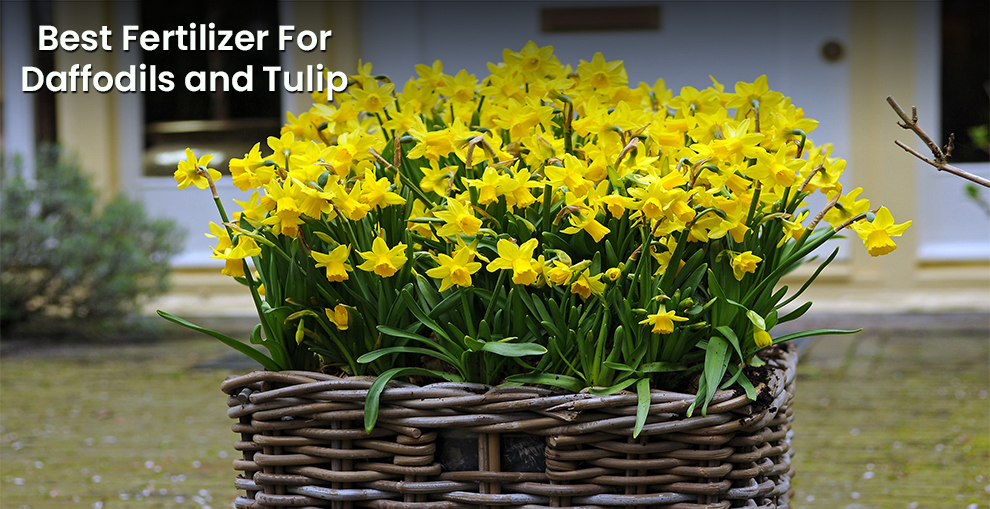
Light fertilizing can help you grow happier and healthier tulips and daffodils. The perfect plant food will reward you with abundant and colorful blooms. For your bulb plants, you must pick the best fertilizer for daffodils and tulips after doing your soil assessment.
The fertilizer you choose should also be easy to use and give you long term results. You can find fertilizers for your tulips & daffodils readily available online or in a plant nursery nearby.
Approximately two to three pounds of an all-purpose feed works well for every 100 sq. feet of area. You can pour the fertilizer while preparing the new beds for the tulips and daffodils.
However, read the manufacturer’s guidelines and do not overfertilize the plant. Do not put the fertilizer in the planting hole as that may cause bulb rotting and kill new roots.
A low-nitrogen fertilizer is an ideal pick for tulips and daffodils. High nitrogen levels result in lush foliage, reducing flower growth. Thus, opt for potassium and phosphorous-rich feeds.
Water soluble 5-10-10 or slow-release 5-10-12 or 10-10-12 formulations work best for the daffodils to stimulate new root growth and trigger healthy blooms.
Daffodils thrive in USDA hardiness zones four through eight and are not heavy feeders. So, heavily fertilizing tulips and daffodils are not necessary.
It is a happy coincidence for people who cannot put in a lot of time and money but like having these refreshing and colorful blooms in their yards.
What Should I Feed My Tulips and Daffodils?
- Granular Fertilizer – Jobe’s Granular Organics Fertilizer
- Best Organic Fertilizer – Espoma Organic and Natural Plant Food
- Plant Food for Strong Root Growth – Burpee Bone Meal Plant Feed
- Best Fertilizer for Beautiful Blooms – Earth Organic Bulb Fertilizer
Do Daffodils and Tulips Need Fertilizers?
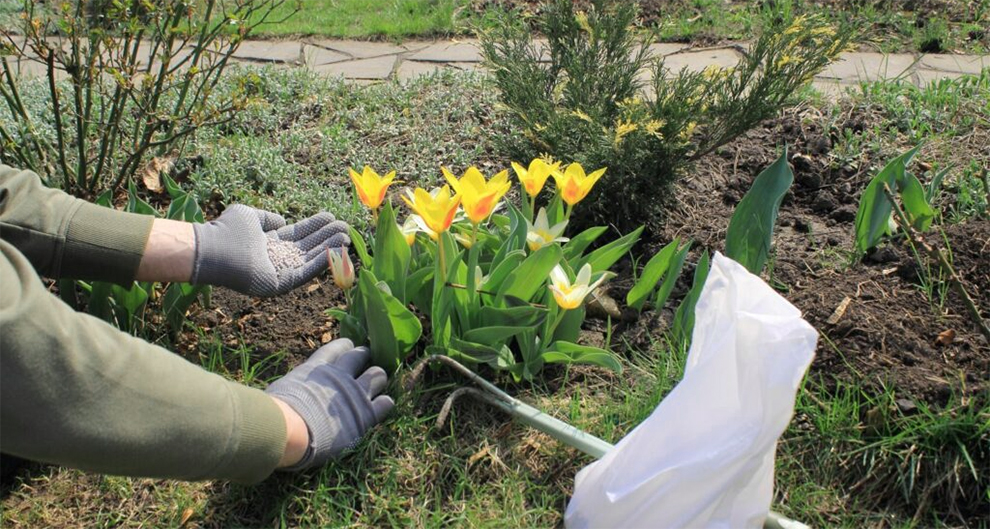
Daffodils and tulips are not heavy feeders, but fertilizing them can help accentuate the colors of these spring beauties.
Tulips and daffodils have roots and bulbs underneath the surface. When you plant tulip or daffodil bulbs at the correct depth, the bulb flourishes but declines the soil quality over the time.
Compaction may occur, and nutrients may deplete. Thus, the water and oxygen available are also insufficient, directly impacting the plant’s nutrient uptake ability.
Hence, even if the soil assessment test signifies the perfect formulation for tulips and daffodils, its composition will worsen over time unless you find a way to replenish its quality.
In such cases, you can reach out for organically-rich items like worm castings, mulch, or compost after flowering. It can be the perfect, rejuvenating side dressing. Alternatively, you can opt for a chemical or organic product with the necessary growth-supporting ingredients.
Daffodils and tulips need the fertilizers for:
- Soil nutrient augmentation
- Building a robust root system.
- Bettering the soil structure so water, oxygen, and food can transport freely.
Best Fertilizers For Daffodils and Tulips
Below we will discuss the four best store-bought options for fertilizing your tulips and different types of daffodils:
1. Jobe’s Granular Organics Fertilizer – 09626
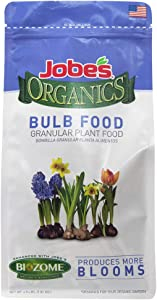 |
Check price on Amazon |
It is an organic, fast-acting, granular fertilizer that works well for lilies, daffodils, tulips, and other bulb flowers. It is an OMRI-listed feed, approved by USDA for anyone interested in organic gardening.
Since it is a certified organic fertilizer, it implies that it does not have harmful, synthetic chemicals and helps you achieve colorful, gorgeous blooms.
However, it contains Jobe’s proprietary microorganism, Biozome, that betters the root mass, accentuates the soil quality, and improves plant growth. It is a nutrient-rich mix comprising healthy bacteria, mycorrhizal fungi, and archaea.
Mycorrhizal fungi increase the soil-absorbing surface by 100-1000 times by releasing filaments that work as plant root extensions and help the tulips and daffodils absorb more nutrients and water.
In turn, fungi receive vital sugars and other compounds from the plant root, which fuels their growth. Archaea enables the rapid breakdown of the material into trace elements and basic nutrients that are easier for the plant to absorb. Hence, it triggers quicker results.
In addition, the Biozome is particularly helpful for planting tulips and daffodils together during the growing season. It offers long-term benefits sans any chemical usage.
What’s more? It comes in an easy-pour, four-pound bag, which makes it easy to use. This tulip daffodil fertilizer is a child and pet-friendly pick. You can apply it once every three to five weeks to achieve the best results. It works well for existing and new bulbs and is available in 3-5-4 compositions.
2. Espoma Organic and Natural Plant Food
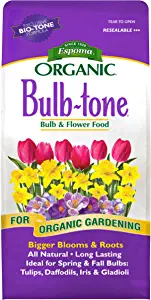 |
Check price on Amazon |
Espoma bulb-tone organic fertilizer is another good pick for fall bulbs like daffodils and tulips. You can also use it on spring bulbs like lilies and gladioli. This plant food contains an exquisite mix of the finest organic and natural ingredients, further accentuated by their Bio-tone formula.
Hence, when you need something organic and natural for your tulips and daffodils, this Espoma feed can be a good pick. It is environmentally safe and has no toxic ingredients or sludges.
The fertilizer is registered Organic Input Material and approved for organic gardening, meaning it caters to all the requirements for organic production.
The fertilizer has a 3-5-3 composition. You can use it when planting or feeding the bulbs. Feeding with this Espoma fertilizer is easy. You can place it directly in the planting hole if you have new bulbs, but you must sprinkle them onto the soil surface for established bulbs.
Regardless, after pouring in the fertilizer, water thoroughly. The fertilizer demands no mixing and is ready for use.
3. Burpee Bone Meal Plant Feed
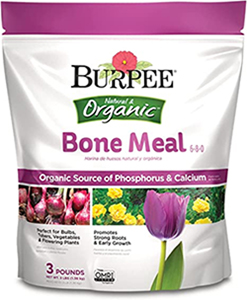 |
Check price on Amazon |
Burpee bone meal plant food is a natural fertilizer that is an excellent source of readily available, necessary nutrients like calcium, phosphorous, and nitrogen. These are necessary for vibrant blooms, stronger plant roots, and yielding more refreshing and delicious veggies.
It also amplifies the beauty of the plants across the growing season and is an excellent tulip daffodil fertilizer.
You can add it to the potting mix or the soil when starting the seed or any time before the harvest, and it will provide the roots with the necessary nourishment and ensure healthy plant growth.
Since the bone meal breaks down slowly, it will gradually release the nitrogen and ensure steady growth across the season. However, please read through the packaging label to know how much and when to feed.
It is an OMRI-listed plant food recommended for new bedding plants, keeping patio containers looking their brightest self across and providing the established home flowers a nutritional boost.
One of the standout attributes of this plant fertilizer is that it naturally keeps rabbits away from your garden.
Burpee Bone meal is also one of the best picks for bulb planting as it stimulates healthy bulb and root growth and has a fine granular consistency that ensures easy spreading. You can easily use it when planting flowering bulbs like daffodils and tulips in the fall, and it will bless you with a successful and blooming garden.
4. Dr. Earth Organic Bulb Fertilizer 700P
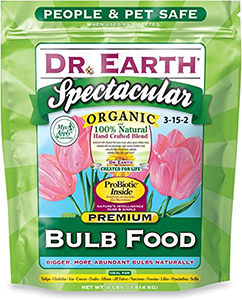 |
Check price on Amazon |
Another fantastic store-bought alternative for bulbs like daffodils and tulips is this organic Dr. Earth plant food. As is apparent, it is an environment-friendly, 100% natural, hand-crafted, and organic blend.
The fertilizer has a target of 6.5 pH, which is excellent for tulips and daffodils that a neutral to slightly acidic soil. You get this in a 4-pound size that makes it easy to pour.
Persistent, proper, and adequate use of this plant food can help you achieve more abundant and bigger blooms. It is pet and people-safe and can be used for feeding bulbs in the short-term and long-term.
Lastly, a likable benefit of this bulb fertilizer is that it improves and loosens the soil structure, which helps the plants dramatically.
When Should I Fertilize My Daffodils?
Daffodils are easy to care to achieve top-grade spring flowers. So, you must feed them with the best fertilizer for tulips and daffodils first in fall at the time of plantation and then again in spring.
How To Fertilize Daffodils and Tulips?
While fertilizing, gardeners can enrich the soil by adding synthetic fertilizer and some organic compost. So, once you plant the daffodils in the fall, top the bed with a 10-5-10 slow-release or a balanced 10-10-10 fertilizer.
In addition, you must also lightly cultivate the soil and follow it with deep irrigation for spreading the fertilizer across. Experts recommend applying the fertilizer onto the top than the planting hole. It helps prevent the foliage from burning.
Further, in spring, the new shoots will show. So, you can use the same fertilizer. Continue feeding these perennial bulbs two times every year during spring and fall. Do not use more than two pounds for every 100 square feet of planting space in every application.
Alternatively, if the label suggests anything different, please adhere to it. Once established, the bulbs are dormant in summer, but they will show new root growth in fall by employing all the fed fertilizer.
Can You Fertilize Daffodils In The Fall?
Yes!
As stated above, for healthy and vibrant spring blooms, you need to fertilize the daffodils at the time of their planting in the fall.
Homemade Fertilizer for Tulips And Daffodils, If Any?
Yes, there can be several excellent and valuable homemade DIY fertilizers for tulips and daffodils. Below, we will address a few of them:
A. Bone Meal
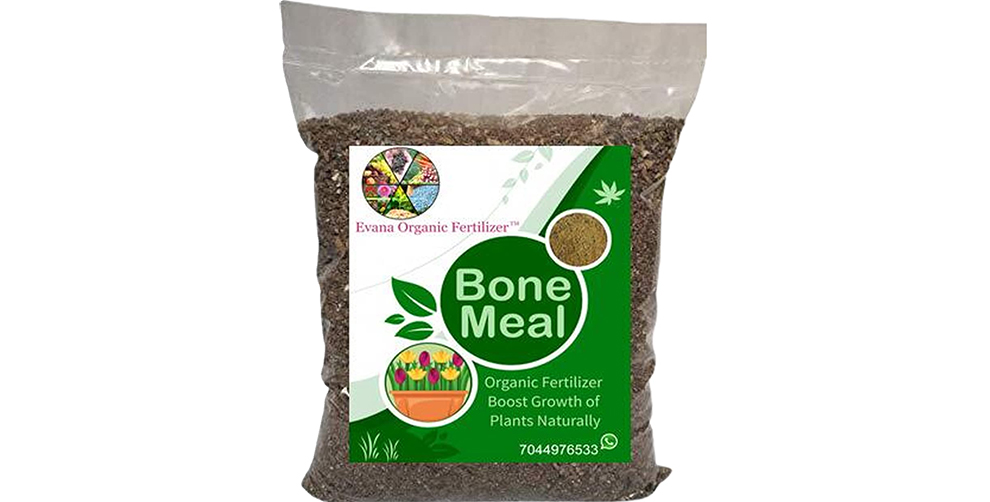
It is one of the best homemade fertilizers to provide your bulbs with the desired dose of nutrition and accentuate the soil quality. When preparing a bone meal, please know that it should have a 3-20-0 or 0-12-0 formulation.
But do not use a lot of it as it can work negatively for the plants. The presence of phosphorous in bone meal can lower the tulip growth rate, which is not something you want.
Also, use bone meal only when the soil has a pH of 7.5 or lower. Anything over this level can make your plants look yellow, as it would be challenging to yield chlorophyll.
Hence, if the soil’s pH is already high, you must avoid a bone meal because that can damage the plant. So, perform a soil assessment before using bone meal.
B. Coffee Grounds
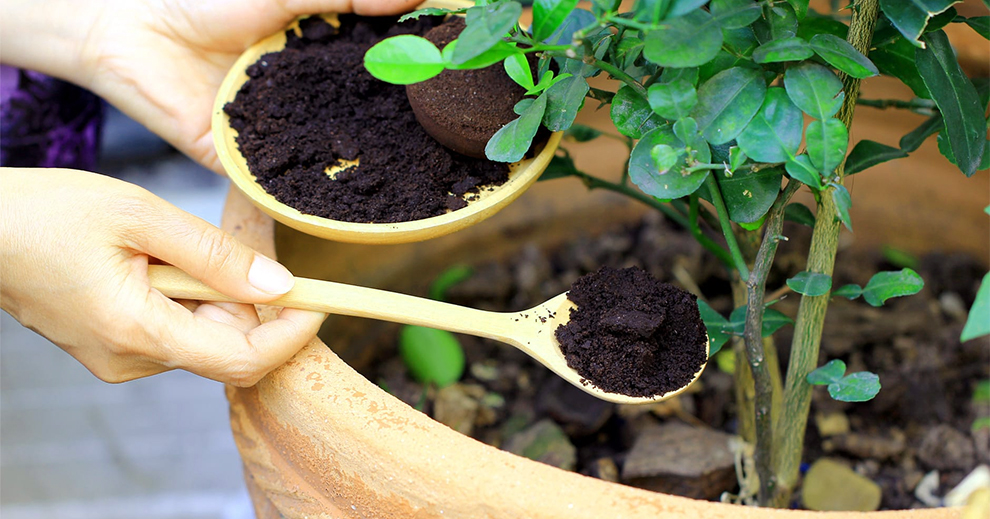
Coffee grounds can also be an excellent homemade tulip daffodil fertilizer. However, please use them with caution. Coffee grounds have all the components for the slow-release, all-purpose fertilizer.
They have secondary and vital nutrients. Coffee grounds contain potassium, phosphorous, copper, and magnesium to decent degrees. However, the nitrogen content is low. However, it works well for tulips and daffodils as they do not need a lot of nitrogen.
Since they are acidic, using too little is better than using too much to ensure that you do not make the soil more acidic than recommended. The best tip is to add them to the compost file to give them the time to release nitrogen and dilute their natural acidity.
C. Wood ash
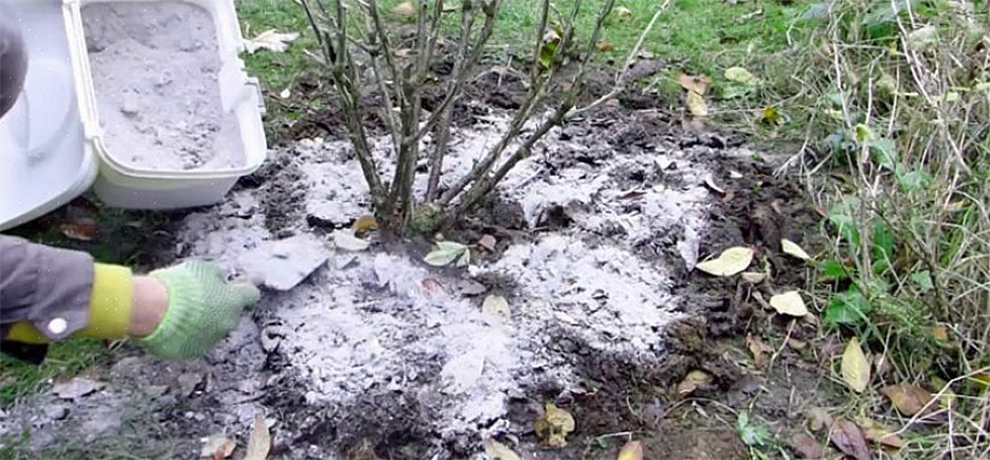
Wood ash is another homemade alternative for tulips and daffodils. It increases the soil pH levels and helps keep pests away.
Wood ash also has a good potassium content, vital trace elements, and lime that can benefit daffodils and tulips. Employing wood ash is also beneficial to counteract root rot and fungal diseases in the soil.
D. Greensand
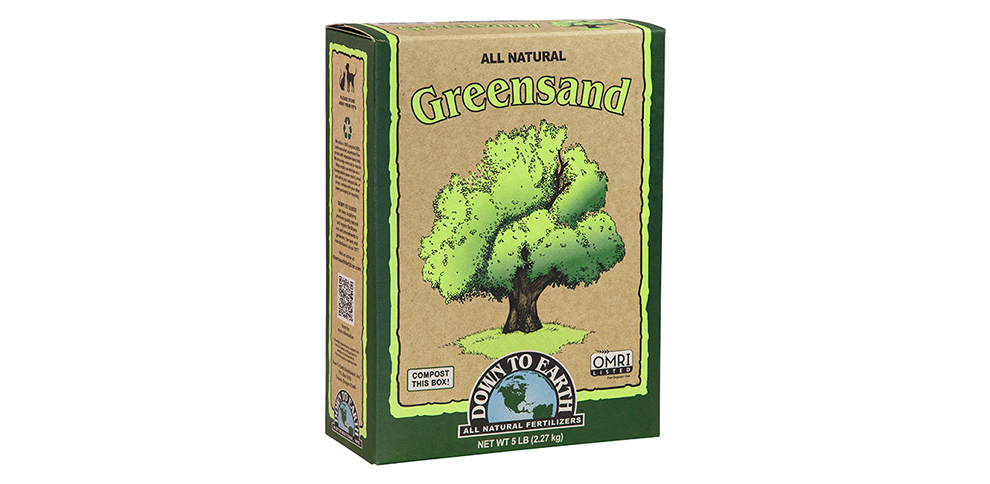
It is a natural compound that retains nutrients and moisture in the soil. You can apply it to the initial 3-6 inches of soil during spring. Following this, you must reduce its usage. Ideally, one or two pounds of greensand for every 100 square feet of soil can do wonders for daffodils and tulips.
However, as a maintenance remedy, you must re-apply to the potting mix once every six weeks, strictly during the spring. Beyond providing the bulbs with vital nutrients, greensand can also make up for their mineral deficiencies. It is rich in minerals like magnesium and iron oxide that help produce healthy growth.
Related: Different Types of Tulips | Tulip Care Guide| Tulip Lifespan
Daffodils Not Flowering – Is It Because of No Fertilizers?
Yes, not fertilizing tulips and daffodils can be one of the many reasons for your flowers not blooming.
Broadly, here are some of the reasons why daffodils do not show flowers:
- You planted the bulbs too late
- You planted damaged or diseased bulbs.
- You grew your bulbs in an unhospitable area with insufficient sunlight and improper drainage.
- You removed the previous year’s foliage sooner than you should.
- You over or under-fertilized the daffodils.
